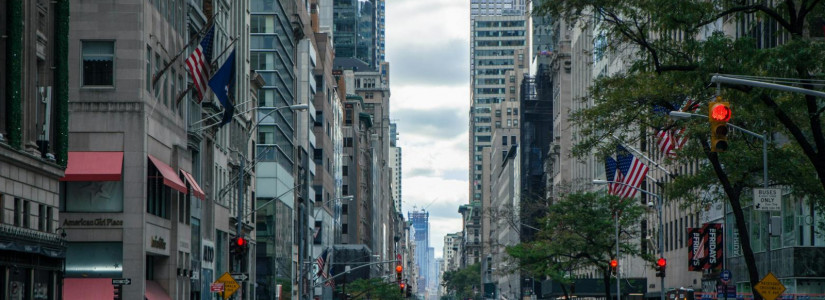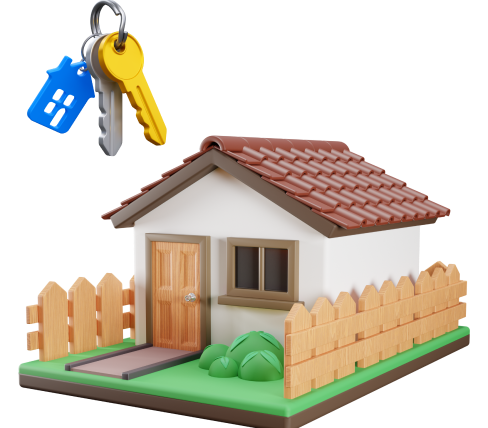The Coming Eviction Crisis in the United States Will Be Frightening
The coming months are set for an eviction crisis across many states. Millions of renters are behind on their payments to their landlords and cannot catch up due to their own personal economic conditions. Until now, they have been protected by a patchwork of protections from each of the states that have kept landlords from initiating eviction proceedings. However, these protections are starting to expire. While some states are taking continuing measures to help renters in arrears, those who lease residences are now vulnerable in other states. This could send the overall housing market into a tailspin as landlords have empty space that they need to fill.
In the early part of the COVID-19 crisis, nearly half of renters polled expressed that they were having difficulty keeping up with their payments. While the CARES Act gave some relief in the form of expanded unemployment payments, this extra assistance will run out at the end of July. The combination of the expanded safety net and moratoriums on evictions in states kept renters afloat even when they were in financial trouble. Now, millions of people are facing the prospect of eviction in the midst of a pandemic.
Federal and State Protections Will Expire with the Crisis Still Raging
Currently, there are still protections for residents who live in properties that receive federal housing assistance. It is the state moratoria that are expiring for those who do not live in federally-subsidized properties. However, the federal restrictions are also expiring in August, causing fear that there will be a large increase in homelessness due to the evictions.
It remains to be seen whether landlords will try mass evictions. They also need to make their own payments on their properties, and delinquent rent causes them financial stress. At some point, the landlord would need to take steps to collect rent due because they cannot afford the status quo forever.
While there is a moratorium on evictions, tenants are not relieved of the obligation to pay their rent. Thus, they are still living in their home while the amount of rent they owe continuously increases. Many landlords have tried to work with tenants and have accepted partial rent payments, but others are poised to evict tenants at the first possible opportunity.
One factor that may help renters is the fact that landlords may not have any better options right now. They stand a better chance of getting some money from existing tenants who want to stay than renting out the property to another tenant. Many people in the market for homes may be people that were previously evicted from another property, so landlords may not want to take a risk on their credit.
Moreover, the process of evicting a resident does not happen overnight. It takes weeks or months to obtain an eviction, and the case must go through court for an order to be issued. Given that court dockets are slowed right now, it will take some time for the landlord to get a court date. Then, an eviction must be scheduled. In the meantime, the landlord could be completely out several months of rent that they may partially recoup by working with their current tenant.
Some States Are Still Trying to Help Distressed Renters
Some states are committing to continuing to work to prevent evictions even if landlords have the legal right. For example, Maryland is beginning a financial program to aid distressed tenants. The state has seen roughly 20% of its residents fall behind on their rent payments. To help them, Maryland is allocating $30 million to come to their aid. The money comes from CARES Act funding that was allocated to Maryland and will be devoted to two separate programs. However, with the large amount of Marylanders in economic trouble, the state needs many more resources to help them.
Other states are extending their own moratorium restrictions to reflect the fact that the crisis still has not passed. For example, New York lengthened its ban on evictions and late fees until August 20, giving tenants more protections. However, in some states, evictions have actually resumed, and landlords are actively trying to remove tenants who have fallen behind. Louisiana saw a rush of evictions filed right after the state's moratorium expired. It is likely that something similar will happen in Texas, even though the number of COVID-19 cases in the state is currently surging.









